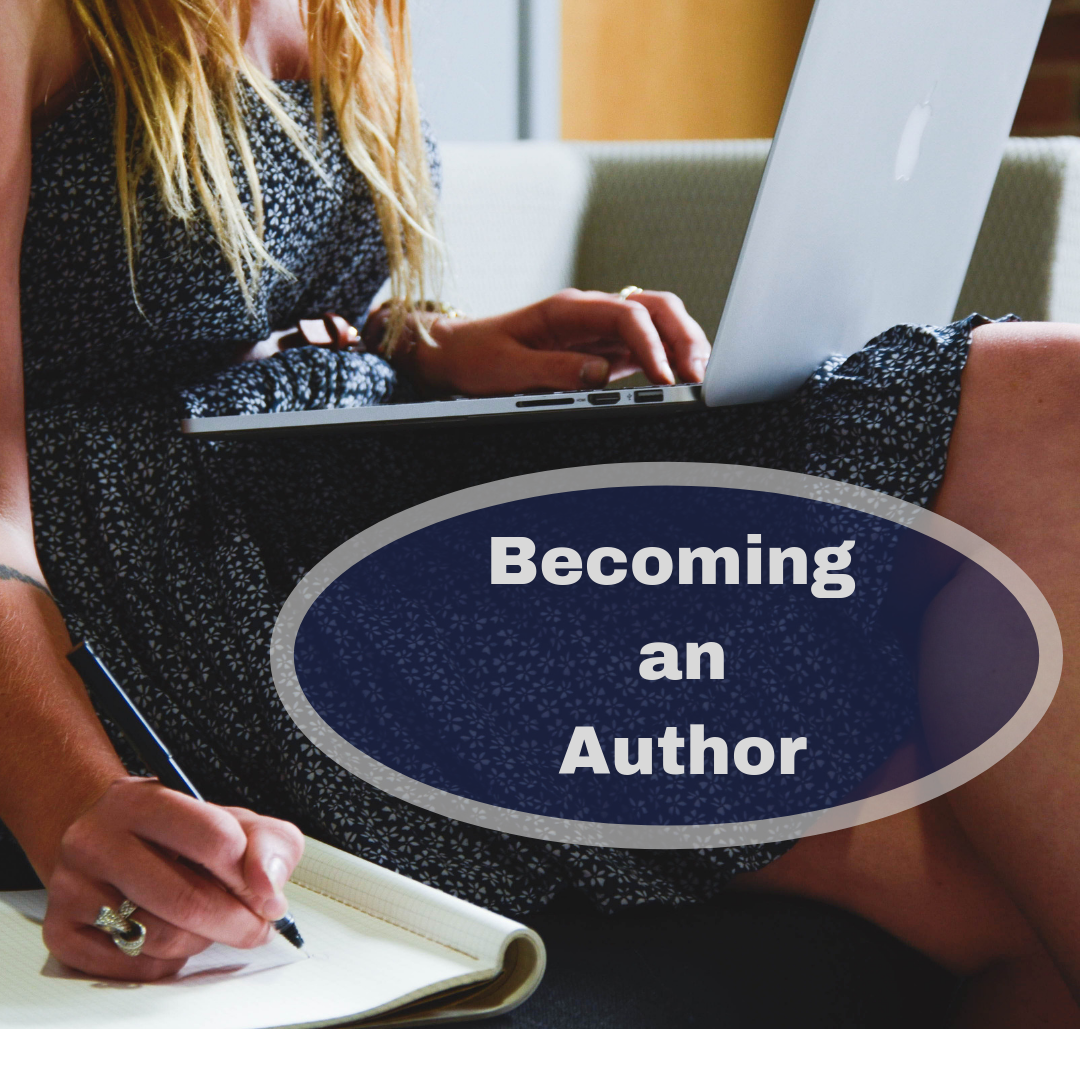
Inside the Ten-Foot Line: From Conception to Publication (Part Two)
Last month, I detailed the first half of my journey to publication for my MG/YA sports novel Inside the…
September 16, 2022
Last month, I detailed the first half of my journey to publication for my MG/YA sports novel Inside the…
September 16, 2022
It seems as though every season in the publishing industry invites a new waiting game: Writing the book. Editing.…
March 9, 2020
When I receive a new submission at Illuminate YA fiction (teen imprint of LPC Books), I can usually determine…
February 9, 2020
I was fifteen years old when I officially decided to launch my writing journey. I began by devouring books…
August 9, 2018
Aspiring authors are frequently advised to build a writing resume in effort catch the attention of an agent or…
June 8, 2017
“Does building a platform really increase chances of publication?” This is a question many beginning authors ask when they…
February 19, 2016
Although I don’t believe every teen writer should strive for publication, let’s face it: More and more teen authors…
September 2, 2015